One of the quantum fields that fills the universe is special because its default value seems poised to eventually change, changing everything.
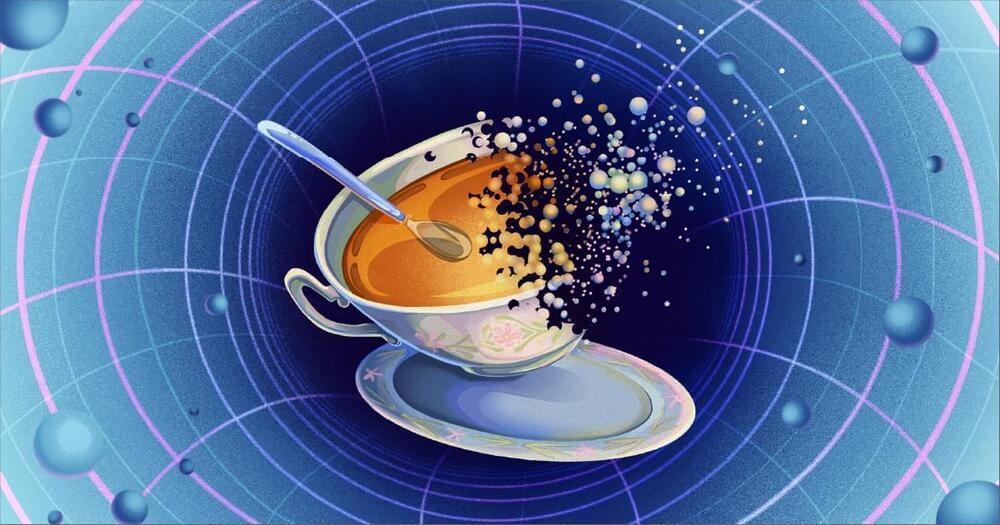


Scientists from the U.S. Department of Energy’s (DOE) Brookhaven National Laboratory have created the first-ever atomic movies showing how atoms rearrange locally within a quantum material as it transitions from an insulator to a metal. With the help of these movies, the researchers discovered a new material phase that settles a yearslong scientific debate and could facilitate the design of new transitioning materials with commercial applications.
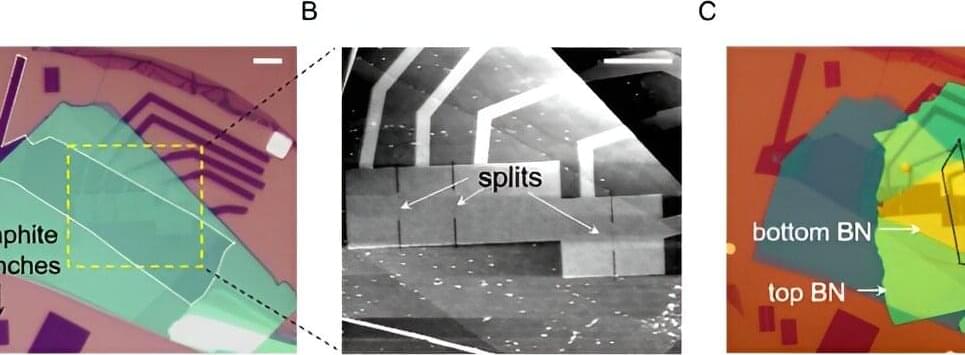

The formation of a black hole from light alone is permitted by general relativity, but a new study says quantum physics rules it out.
Black holes are known to form from large concentrations of mass, such as burned-out stars. But according to general relativity, they can also form from ultra-intense light. Theorists have speculated about this idea for decades. However, calculations by a team of researchers now suggest that light-induced black holes are not possible after all because quantum-mechanical effects cause too much leakage of energy for the collapse to proceed [1].
The extreme density of mass produced by a collapsed star can curve spacetime so severely that no light entering the region can escape. The formation of a black hole from light is possible according to general relativity because mass and energy are equivalent, so the energy in an electromagnetic field can also curve spacetime [2]. Putative electromagnetic black holes have become popularly known as kugelblitze, German for “ball lightning,” following the terminology used by Princeton University physicist John Wheeler in early studies of electromagnetically generated gravitational fields in the 1950s [3].
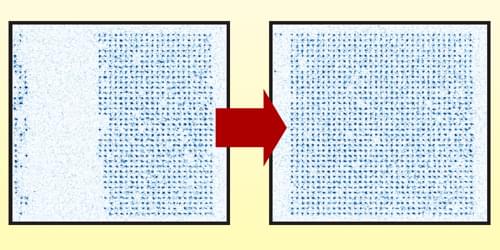
In most neutral-atom quantum computers, atoms are held in arrays of optical tweezers. Researchers typically populate the arrays stochastically, meaning that whether a given site receives an atom is down to chance. Atoms can later be rearranged individually, but the total number of atoms depends on the success of the initial loading.
The Atom Computing team developed an iterative process to fill an array to capacity. Instead of filling the array directly, the researchers first stochastically populated a second “reservoir” array. They then transferred atoms one by one from this reservoir to the target array using an optical tweezer. Between each loading step, the researchers imaged both arrays to determine which sites in each array were occupied. This step required temporarily switching off the tweezers and holding the atoms in an optical lattice formed from interfering laser beams.
The researchers showed that this sequence could be repeated as many times as necessary without losing atoms from the target array. They also showed that they could limit atom loss during the imaging step by enhancing the lattice strength using optical cavities. This enhancement allowed the atoms to be more strongly confined without increasing the optical lattice’s laser-power requirements.

Experiments show that effect doesn’t always follow cause in the weird world of subatomic particles, offering fresh clues about the quantum origins of space-time.
Check out the Space Time Merch Store https://www.pbsspacetime.com/shopSign Up on Patreon to get access to the Space Time Discord!https://www.patreon.com/pbssp…
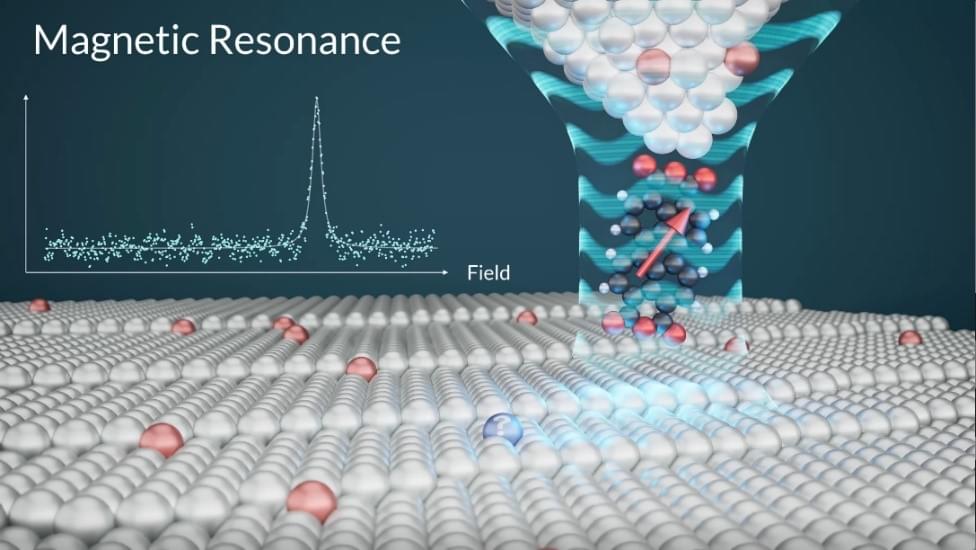
In a scientific breakthrough, an international research team from Korea’s IBS Center for Quantum Nanoscience (QNS) and Germany’s Forschungszentrum Jülich developed a quantum sensor capable of detecting minute magnetic fields at the atomic length scale. This pioneering work realizes a long-held dream of scientists: an MRI-like tool for quantum materials.
The research team utilized the expertise of bottom-up single-molecule fabrication from the Jülich group while conducting experiments at QNS, utilizing the Korean team’s leading-edge instrumentation and methodological know-how to develop the world’s first quantum sensor for the atomic world.
The diameter of an atom is a million times smaller than the thickest human hair. This makes it extremely challenging to visualize and precisely measure physical quantities like electric and magnetic fields emerging from atoms. To sense such weak fields from a single atom, the observing tool must be highly sensitive and as small as the atoms themselves.
In this thought-provoking exploration, we delve into the profound reflections of Edward Witten, a leading figure in theoretical physics. Join us as we navigate the complexities of dualities, the enigmatic nature of M-theory, and the intriguing concept of emergent space-time. Witten, the only physicist to win the prestigious Fields Medal, offers deep insights into the mathematical and physical mysteries that shape our understanding of reality. From the holographic principle to the elusive (2,0) theory, we uncover how these advanced theories interconnect and challenge our conventional perceptions. This journey is not just a deep dive into high-level physics but a philosophical quest to grasp the nature of existence itself. Read the full interview here: https://www.quantamagazine.org/edward…
#EdwardWitten #TheoreticalPhysics #StringTheory #QuantumFieldTheory #MTheory.
Become a member of this channel to enjoy benefits:
/ @artificiallyaware
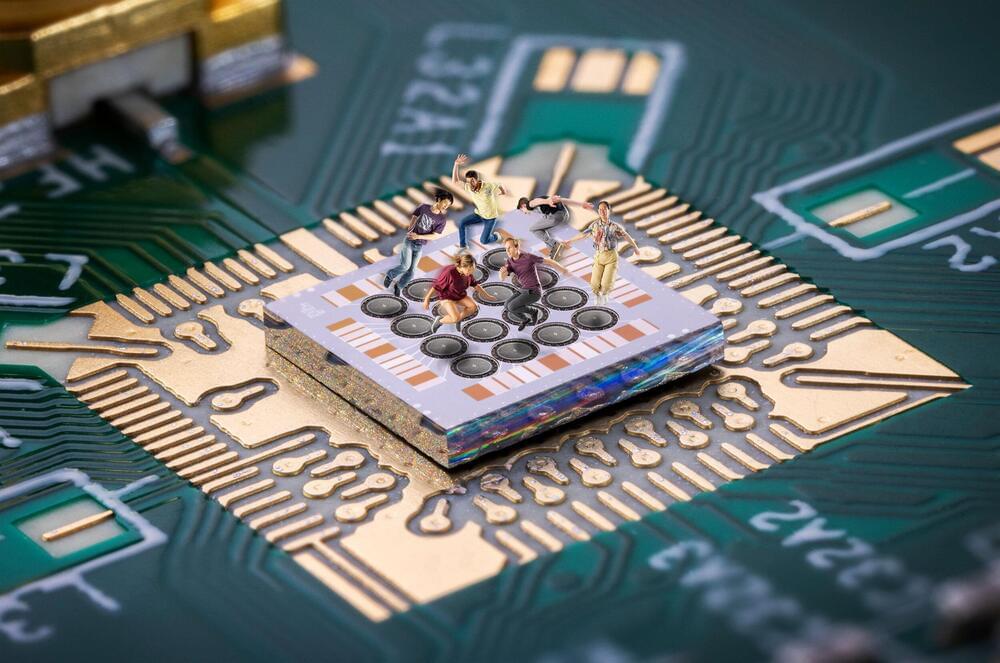
Researchers at QuTech developed somersaulting spin qubits for universal quantum logic. This achievement may enable efficient control of large semiconductor qubit arrays. The research group published their demonstration of hopping spins in Nature Communications and their work on somersaulting spins in Science.